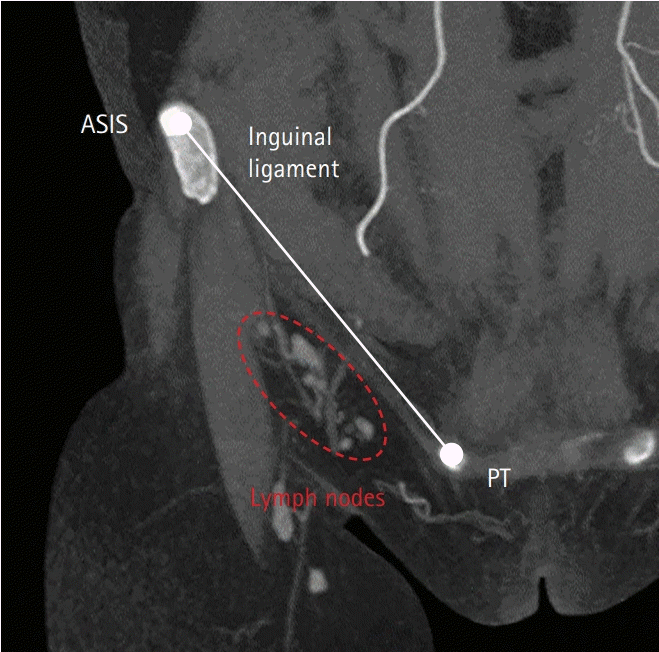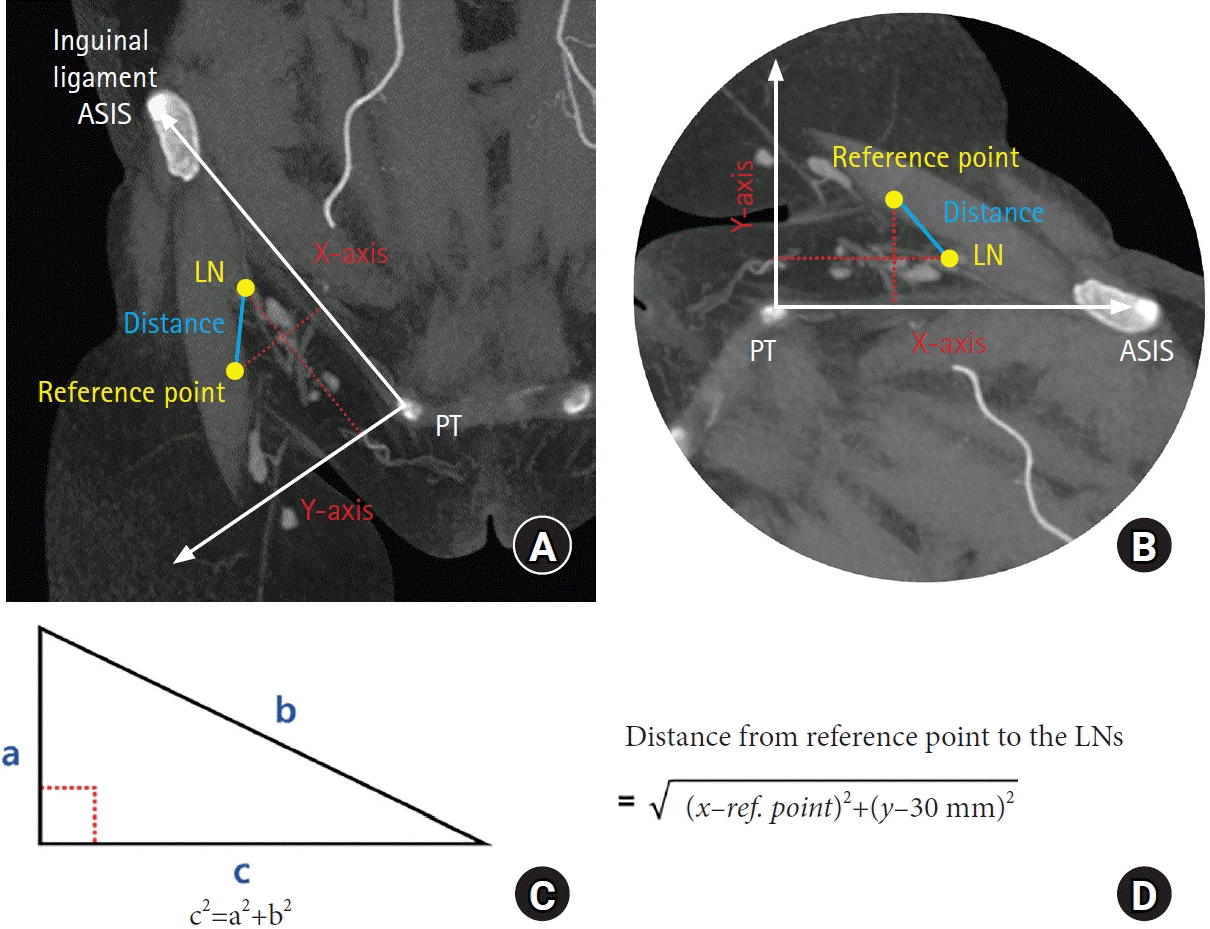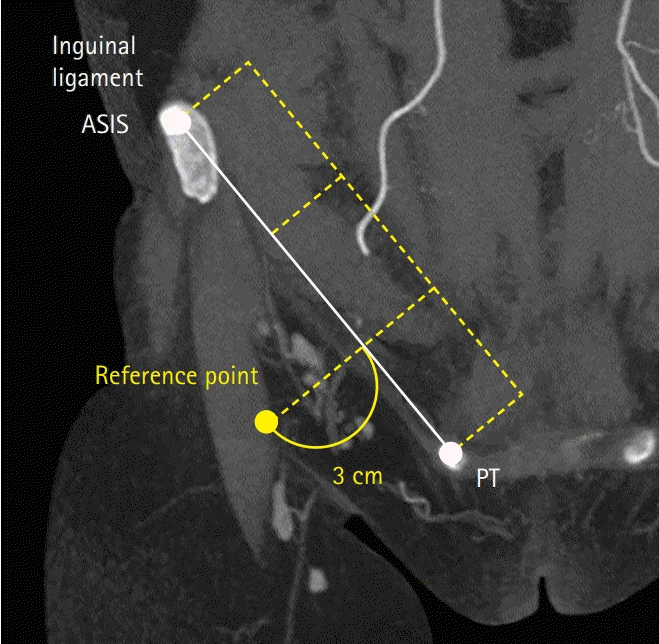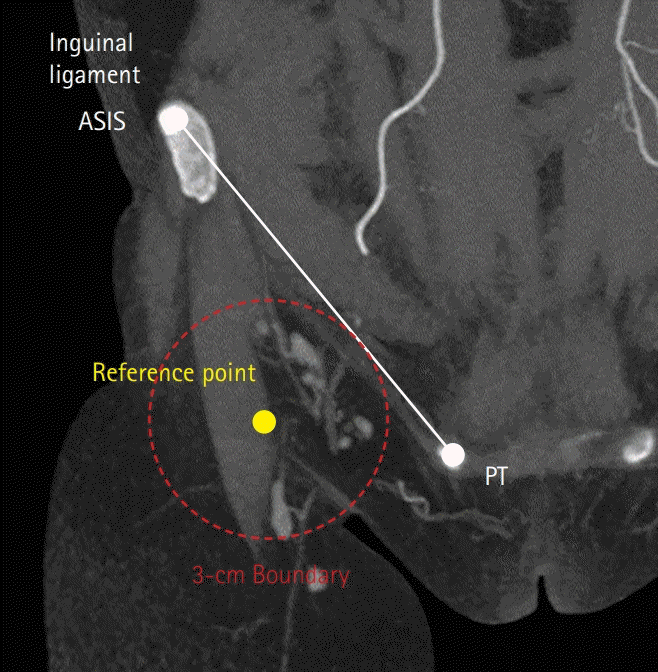1. Petrek JA, Heelan MC. Incidence of breast carcinoma-related lymphedema. Cancer. 1998; 83(12 Suppl American):2776–81.
2. Warren AG, Brorson H, Borud LJ, Slavin SA. Lymphedema: a comprehensive review. Ann Plast Surg. 2007; 59:464–72.
3. Chang DW. Lymphatic reconstruction of the extremities. In : Neligan PC, Song DH, editors. Plastic surgery. Vol. 4:4th ed. Toronto, ON: Elsevier Canada;2018. p. 83–92.
4. Becker C, Vasile JV, Levine JL, et al. Microlymphatic surgery for the treatment of iatrogenic lymphedema. Clin Plast Surg. 2012; 39:385–98.
5. Dayan JH, Dayan E, Kagen A, et al. The use of magnetic resonance angiography in vascularized groin lymph node transfer: an anatomic study. J Reconstr Microsurg. 2014; 30:41–5.
6. Raghu PK, Danial AC, Babak JM. Pathophysiology of lymphedema. In : Neligan PC, Gurtner GC, editors. Plastic surgery. Vol. 1:4th ed. Toronto, ON: Elsevier Canada;2018. p. 515–28.
7. Park SI, Yang EJ, Kim DK, Jeong HJ, Kim GC, Sim YJ. Prevalence and epidemiological factors involved in cellulitis in Korean patients with lymphedema. Ann Rehabil Med. 2016; 40:326–33.
8. Bontumasi N, Jacobson JA, Caoili E, Brandon C, Kim SM, Jamadar D. Inguinal lymph nodes: size, number, and other characteristics in asymptomatic patients by CT. Surg Radiol Anat. 2014; 36:1051–5.
9. Shinaoka A, Koshimune S, Suami H, et al. Lower-limb lymphatic drainage pathways and lymph nodes: a CT lymphangiography cadaver study. Radiology. 2020; 294:223–9.
10. Vignes S, Blanchard M, Yannoutsos A, Arrault M. Complications of autologous lymph-node transplantation for limb lymphoedema. Eur J Vasc Endovasc Surg. 2013; 45:516–20.
11. Pons G, Abdelfattah U, Sarria J, Duch J, Masia J. Reverse lymph node mapping using indocyanine green lymphography: a step forward in minimizing donor-site morbidity in vascularized lymph node transfer. Plast Reconstr Surg. 2021; 147:207e–212e.
12. Demiri E, Dionyssiou D, Tsimponis A, et al. Donor-site lymphedema following lymph node transfer for breast cancer-related lymphedema: a systematic review of the literature. Lymphat Res Biol. 2018; 16:2–8.
13. Zeltzer AA, Anzarut A, Braeckmans D, et al. The vascularized groin lymph node flap (VGLN): anatomical study and flap planning using multi-detector CT scanner: the golden triangle for flap harvesting. J Surg Oncol. 2017; 116:378–83.
14. Scaglioni MF, Suami H. Lymphatic anatomy of the inguinal region in aid of vascularized lymph node flap harvesting. J Plast Reconstr Aesthet Surg. 2015; 68:419–27.
15. Lee YH, Kim HK, You HJ, Kim DW. Lymphatic vessels mapping in the lower extremities of a healthy Asian population. Arch Hand Microsurg. 2020; 25:225–31.
16. Patel KM, Chu SY, Huang JJ, Wu CW, Lin CY, Cheng MH. Preplanning vascularized lymph node transfer with duplex ultrasonography: an evaluation of 3 donor sites. Plast Reconstr Surg Glob Open. 2014; 2:e193.
17. Cheng MH, Chen SC, Henry SL, Tan BK, Chia-Yu Lin M, Huang JJ. Vascularized groin lymph node flap transfer for postmastectomy upper limb lymphedema: flap anatomy, recipient sites, and outcomes. Plast Reconstr Surg. 2013; 131:1286–98.
18. Gharb BB, Rampazzo A, Spanio di Spilimbergo S, Xu ES, Chung KP, Chen HC. Vascularized lymph node transfer based on the hilar perforators improves the outcome in upper limb lymphedema. Ann Plast Surg. 2011; 67:589–93.
19. Tourani SS, Taylor GI, Ashton MW. Anatomy of the superficial lymphatics of the abdominal wall and the upper thigh and its implications in lymphatic microsurgery. J Plast Reconstr Aesthet Surg. 2013; 66:1390–5.






 PDF
PDF Citation
Citation Print
Print





 XML Download
XML Download